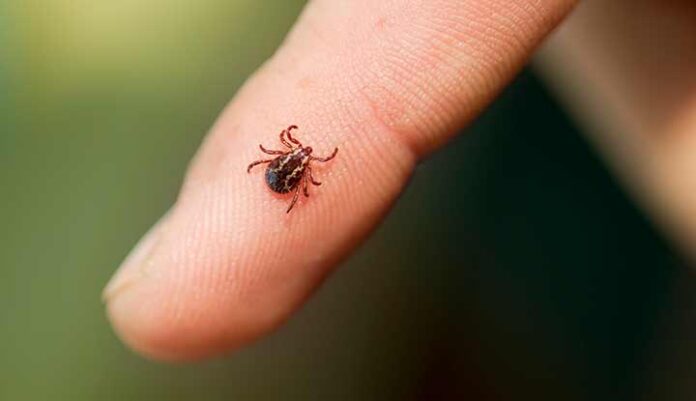Babesiosis is a tick-borne illness caused by Babesia, a parasite that infects red blood cells. It’s similar to malaria in terms of how it affects the body but is much more common in certain areas, especially in parts of the U.S. (like the Northeast and Midwest) and other regions where specific species of ticks, particularly the Ixodes scapularis (black-legged or deer tick), are prevalent.
Key Points About Babesiosis:
- Transmission:
- The disease is primarily transmitted through the bite of an infected tick, but it can also spread through contaminated blood transfusions and, in rare cases, from mother to baby during pregnancy or delivery.
- Ticks often acquire the Babesia parasite by feeding on infected animals, such as mice or deer.
- Symptoms:
- Some people with babesiosis may be asymptomatic (showing no signs of illness).
- When symptoms do occur, they often appear 1 to 4 weeks after the tick bite and can include:
- Fever
- Chills
- Sweats
- Muscle and joint pain
- Fatigue
- Nausea or loss of appetite
- Headache
- Dark urine (due to the breakdown of red blood cells)
- Severe anemia
- Organ failure (lungs, liver, kidneys)
- Heart complications
- Diagnosis:
- Babesiosis is diagnosed through blood tests, which detect the parasite in red blood cells.
- A more advanced technique like PCR (polymerase chain reaction) or serology can also be used to identify the parasite’s DNA or antibodies.
- Treatment:
- Mild cases may not require treatment, especially if the person has no symptoms.
- In symptomatic or severe cases, a combination of antiparasitic medications, such as atovaquone and azithromycin, is often prescribed. Severe cases might require a combination of clindamycin and quinine.
- In severe anemia, blood transfusions may be necessary.
- Prevention:
- The best prevention is to avoid tick bites by:
- Wearing protective clothing when in areas where ticks are common.
- Using insect repellents with DEET or permethrin.
- Performing tick checks after outdoor activities.
- Promptly removing any attached ticks with fine-tipped tweezers.
- The best prevention is to avoid tick bites by:
- At-Risk Populations:
- People with no spleen (asplenic), those with weakened immune systems, older adults, and individuals with chronic health conditions are more likely to develop severe complications from babesiosis.
- Geographic Distribution:
- Babesiosis is most common in the U.S., particularly in the Northeast and Midwest. However, the disease is also found in other parts of the world, including Europe and parts of Asia.
Summary:
Babesiosis is a potentially serious tick-borne disease caused by Babesia parasites. It can be asymptomatic or lead to severe illness, especially in vulnerable individuals. Early diagnosis and treatment can reduce the risk of complications, while prevention focuses on avoiding tick bites in areas where the disease is prevalent.



